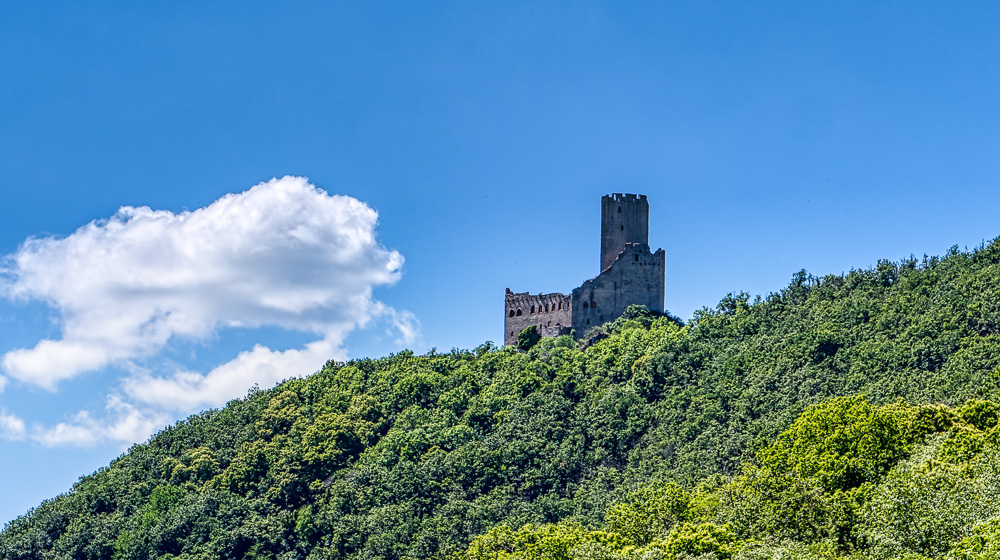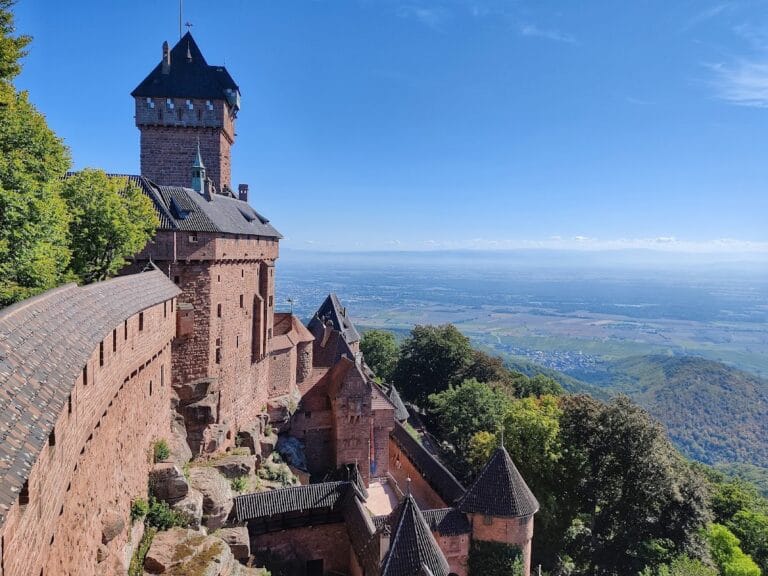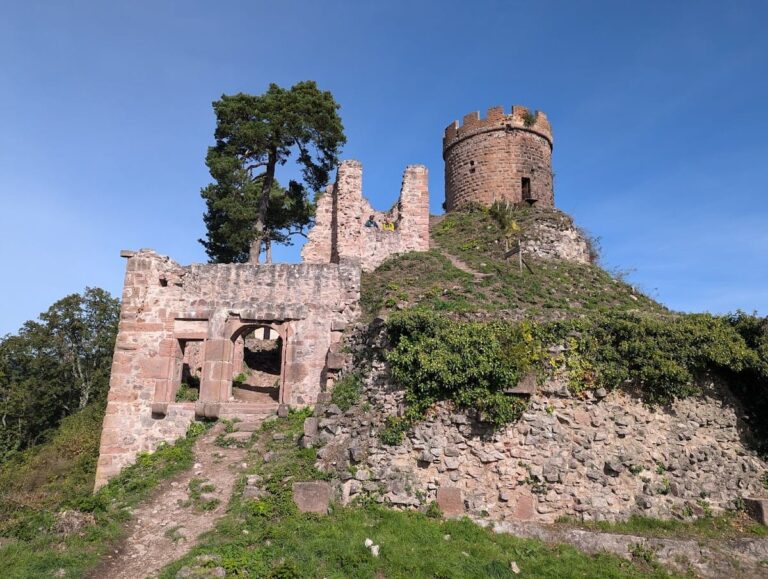Château de l’Ortenbourg: A Medieval Fortress in Scherwiller, France
Visitor Information
Google Rating: 4.6
Popularity: Low
Google Maps: View on Google Maps
Official Website: visitgrandest.com
Country: France
Civilization: Medieval European
Remains: Military
History
The Château de l’Ortenbourg stands near the town of Scherwiller in present-day France. This medieval fortress was built by the local nobility during the Middle Ages, linked initially to the Ortenberg family from the 10th century.
Although the precise origins of the castle remain unclear, the first written record dates to 1166. The Ortenberg family ceased to hold the site in the early 12th century, after which ownership passed to the Hohenberg family. Around 1265, Rudolf of Habsburg undertook a major rebuilding of the castle following his acquisition of the lordship through marriage, solidifying Habsburg control and introducing significant architectural enhancements.
The fortress soon became entangled in regional conflicts. In 1293, it faced a siege by Otto IV of Ochsenstein, who operated from the nearby Ramstein castle. Financial troubles later forced the Habsburgs to sell the castle in 1314 to the prominent local Müllenheim family. In 1374, troops led by Jean I of Lorraine caused damage to the stronghold, and during the 15th century, it experienced occupation by bandits before Pierre de Hagenbach secured it in 1470. Strasbourg forces retook the castle in 1474, marking another shift in control.
In the mid-16th century, Nicolas de Bollwiller became the owner. The castle endured partial destruction during the Thirty Years’ War when Swedish forces attacked the region. In 1710, the Choiseul family assumed ownership, maintaining it until the upheavals of the French Revolution.
Restoration efforts began in the early 19th century under Baron Philippe-Gaétan Mathieu de Faviers, whose work was later supplemented by the local town and preservation associations from 1966 onward. Since 1923, the site has enjoyed official protection as a historic monument, with formal classification following in 1924.
Remains
The Château de l’Ortenbourg occupies a granite outcrop roughly 437 to 440 meters above sea level, commanding views over Scherwiller and the approaches to the Villé valley. It exemplifies early Gothic military design typical of Alsace, with construction primarily from smooth white granite complemented by sandstone framing for windows. The overall layout is defined by a pentagonal keep erected around 1265, standing approximately 30 to 32 meters tall.
Protecting the keep is a formidable shield wall reaching about 17 meters high, designed with five distinct defensive levels. The lower three levels contain tall arrow slits for archers, while the fourth level features a wooden gallery known as hoardings, which allowed defenders to observe and repel attackers. The wall’s uppermost crenellation provided an additional fighting platform.
Adjacent to the keep lies a two-story residential building, distinguished by its early Gothic windows adorned with tracery. Between this living quarters and the keep is a large cistern, ensuring a reliable water supply during sieges. The deep neck ditch separating the castle from the neighboring Ritterberg massif added another layer of defense.
The outer bailey, situated to the east and south, retains sections of its enclosing walls and the main gate, though other structures have not survived intact. Historical records from the 15th century list the castle’s armaments as including eight crossbows, twelve artillery pieces, and two culverins—a type of long-barreled firearm; fragments of one culverin marked with the arms of Strasbourg have been found on site.
Evidence of domestic activity comes from records of 1471 indicating livestock such as horses, oxen, and sheep were kept on site, alongside food supplies including recently slaughtered cattle, salted pork, flour stored in barrels, and barrels of wine. These details point to sustained habitation despite the castle’s turbulent history.
Today, access to the site is limited to marked hiking paths. The surrounding oak forests are noted for thermophilic plants—that is, species preferring warm conditions—reflecting the unique ecological environment preserved around the castle ruins.










